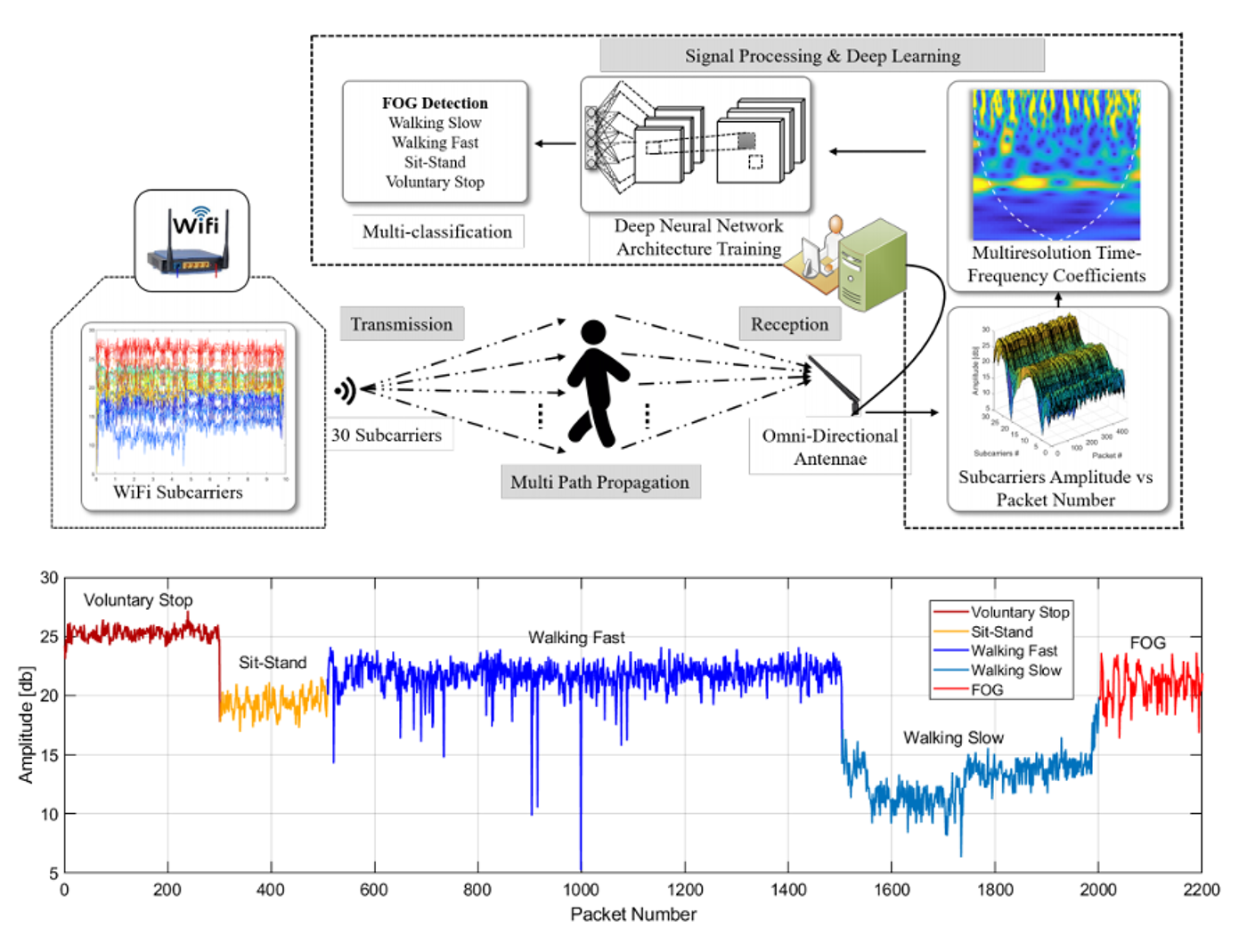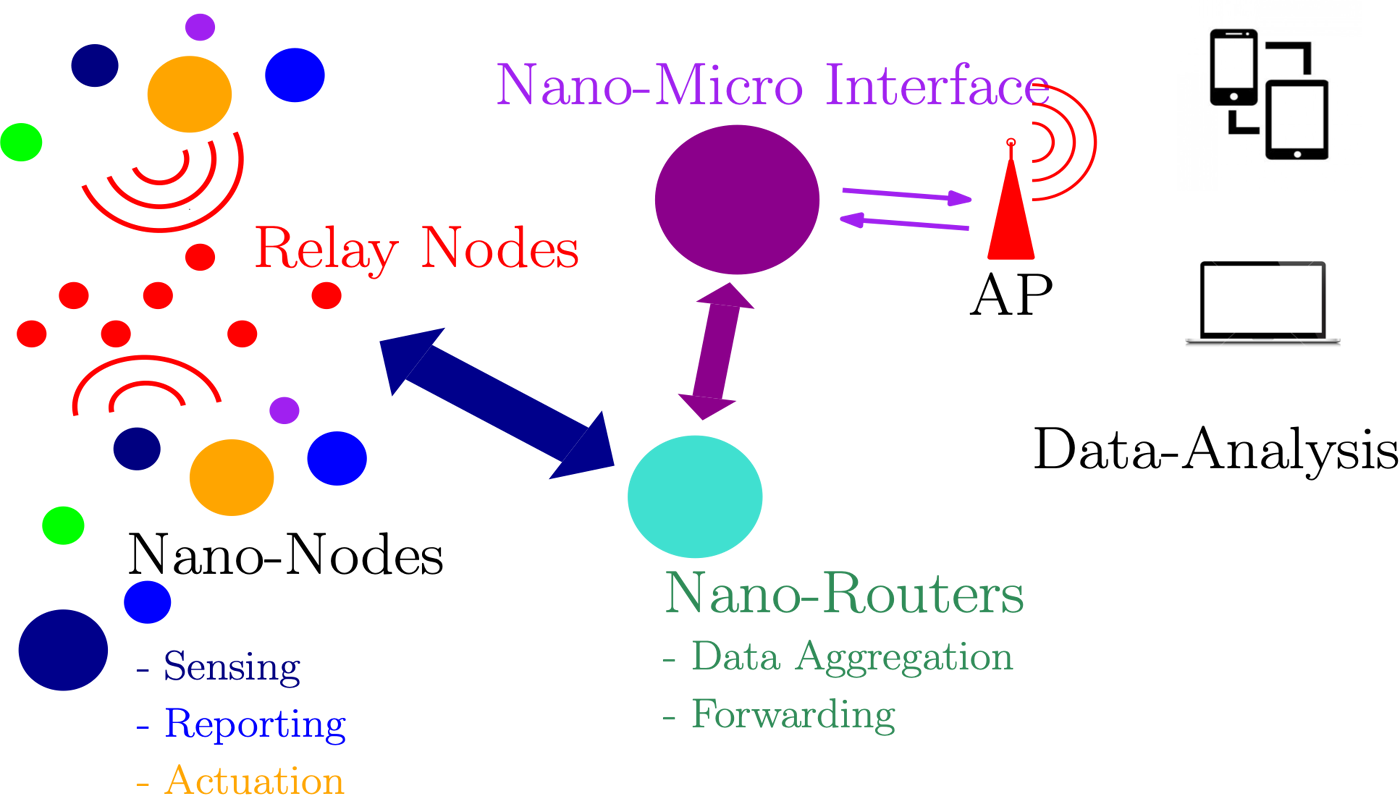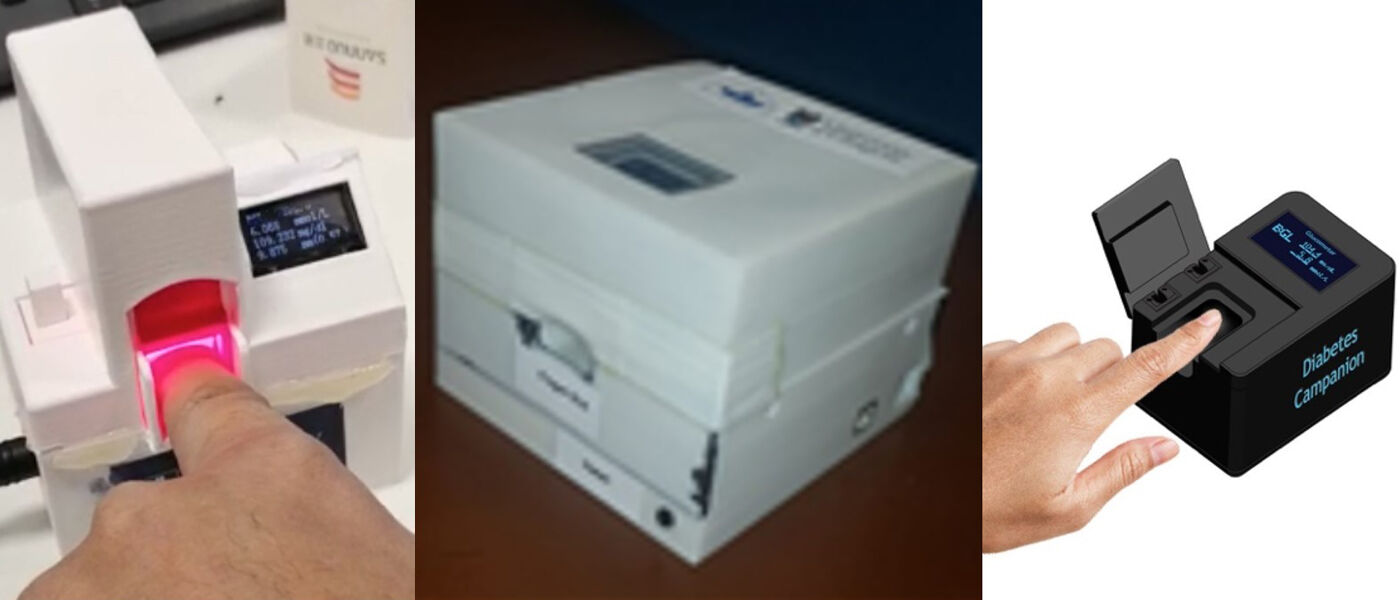
Wireless healthcare
The healthcare paradigm is shifting from doctor-centric to patient-centric concepts. The prevailing techniques to enable this paradigm shift uses ambient sensors, cameras, and wearable devices that primarily require strenuous deployment overheads and raise privacy concerns as well. To overcome the aforementioned issues, an emerging technique to use perturbations in Channel State Information (CSI) of wireless signals for detecting human movements (which are linked to various health conditions) is attracting attention due to its non-invasive nature and security feature. Our work is focused on the development of non-invasive, easily-deployable, flexible, and scalable testbeds for identifying large-scale and small-scale body movements based on Software Defined Radios (SDRs). By employing, machine learning on the collected data, we are able to do proactive health measures.
Activity Recognition and vital signs monitoring: healthcare and veterinary applications
Research applications include the analysis of human and animal radar signatures across different domains of data representations for classification and vital sign monitoring. This can be applied to classify different activities (walking, running, human interactions), as well as healthcare (e.g. fall detection, activities of daily living, and out-patient follow-up care) and lameness assessment for precision livestock farming (cattle, sheep) and leisure/racehorses. These works encompass signal processing, machine learning, and multimodal sensing including radar, accelerometers, IMUs

Nano-communications
With the development of nanotechnology, the idea of coordinating the nano-devices was put forward, leading to the appearance of the nano-network. Nano-technology has a critical role nowadays in multidisciplinary domains such as environmental, industrial, biomedical and military; one of the emerging social and scientific impacts of such technology would be in healthcare and bioengineering applications. The main objective of this research is to investigate the possibility of connecting nano-devices securely by using various communication paradigms for different applications like biomedical and environmental. The emphasis of research will be on developing novel channel models and investigating feasible modulation techniques and new physical layer security protocols for nano-devices.

Advanced sensors and devices
Tele - Point of Care (POC) tools for food safety, agriculture/aquaculture, and healthcare (prognostic and diagnostic). Onsite testing via mobile phone apps and data transfer for offsite analytics.

Non-invasive glucose monitoring systems (diabetescompanions)
Using visible light in the non-invasive BGL monitoring is selected as the basis of the work. This is based on the principle of transmittance and absorbance of visible light. The project is supposed first to perform the in-vitro experiment to verify the accuracy of applying the characteristic of absorbance.

